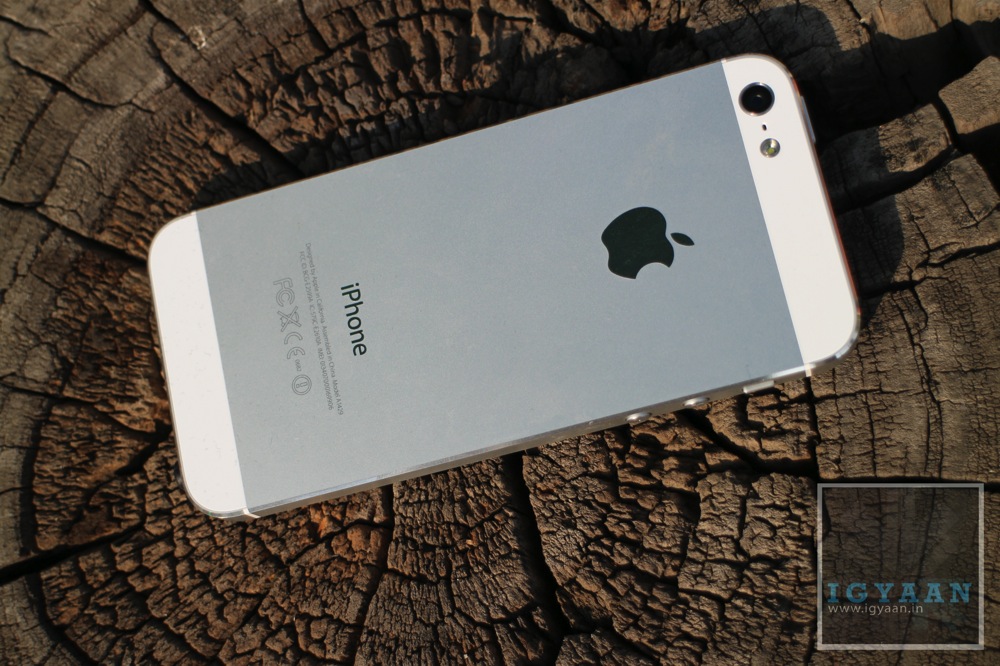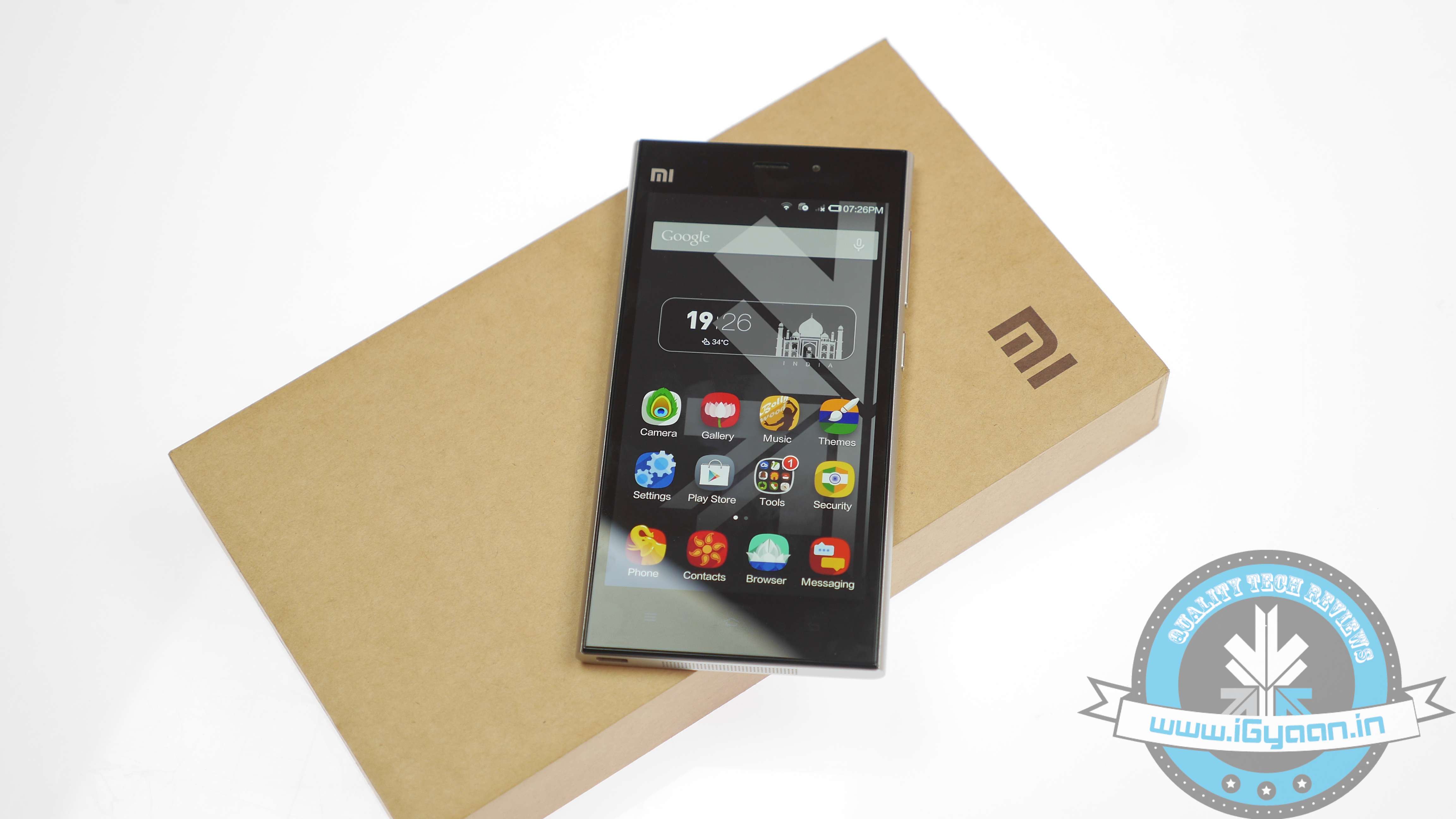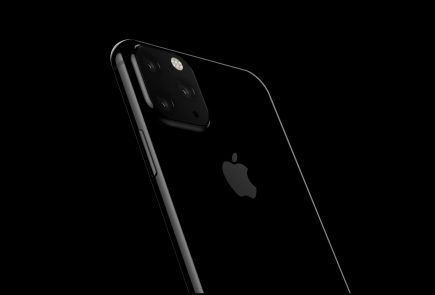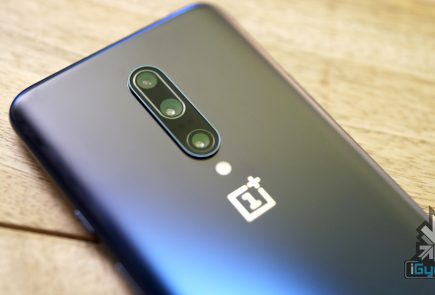How Chinese Companies Have Helped In Making Smartphones Affordable
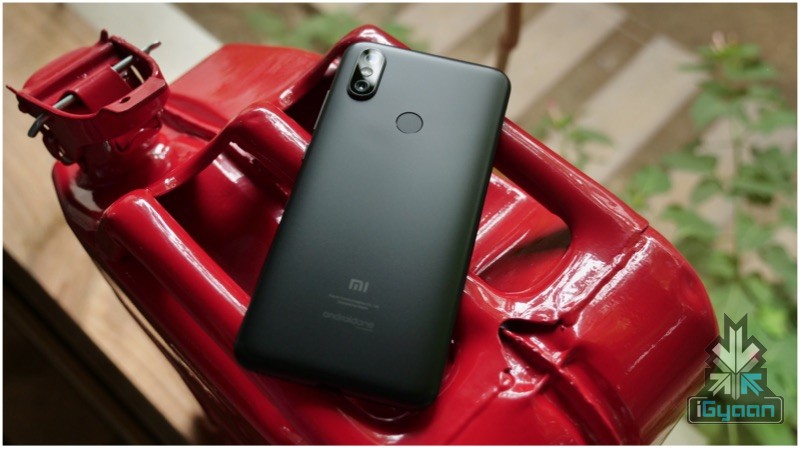
Gone are the days when powerful smartphones were a novelty. In the current scenario devices (1) starting as low as Rs 6,000 can offer as many functionalities as high-end smartphones from the year 2010 to 2012. However, this is not just a coincidence, it is a result of the constant tug of war Chinese OEMs have been playing for over 5 years.
Some prime examples of the companies that have helped in driving down the costs of mobile devices include Huawei, Xiaomi and BBK Electronics (parent company of Oppo, Vivo, OnePlus and Realme).
Before we begin the saga of the previously mentioned Chinese OEMs, we will discuss the early days of smartphones and how some key players faired during those times.
We all know, the original iPhone from the year 2007 is considered one of the first smartphones. While Apple maintained a closed ecosystem by only offering iOS on it’s in house developed products, Google, on the other hand, embraced the concept of hardware independence for the Android operating system.
Besides Apple, numerous companies tried their luck in the smartphone industry which includes Nokia, Samsung, Blackberry and HTC. While HTC flourished in the early days, it had to fall back due to fierce competition from Chinese competition.
Talking about Blackberry and Nokia which stood by their in house developed OS (Symbian and BBoS), the companies were pushed to the brink of collapsing due to incompetent software. While Nokia has managed to recover to a fair extent after the adoption of Android, Blackberry still struggles to find a niche which would allow it to stand out of the crowd.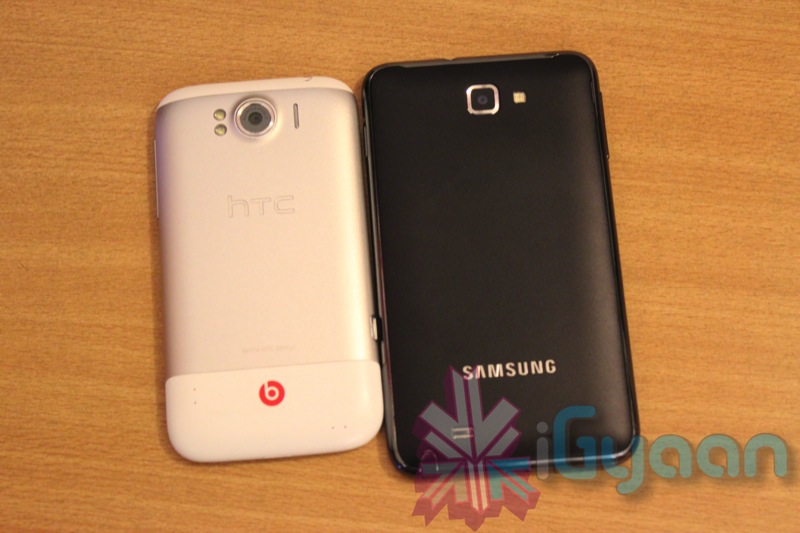
Nonetheless, one company that has not only survived but thrived during the early years of a smartphone is Samsung which currently enjoys the position of world’s number one smartphone manufacturer in terms of units sold.
Over a decade ago, the company was dabbling with operating systems including Windows OS and Palm until it stumbled upon Android. In the year 2009, it launched the ‘GT-I7500 Galaxy’ which was followed by the Galaxy Spica and the Samsung Galaxy S. While the former now rests in peace, the latter is one of the most renowned smartphones of the current era.
For three consecutive years until the launch of the Galaxy S4, Samsung was the only company that was able to rake in substantial sales which could match up with the sales figures of Apple iPhone.
Then came the Mi3 which as we all know was made by Xiaomi. In comparison to Galaxy S4 which retailed for Rs 41,500, the Mi 3 cost only Rs 14,999. The reason for drawing this comparison is due to the fact that Xiaomi’s offering had similar specs to the 4th Gen Galaxy smartphone which include the following:
- 5 inch Full HD Display (441 ppi)
- 13 MP Front Camera
- 2 MP Rear Camera
- Bluetooth 4.0, 802.11 Wi-Fi
- Android 4.3
Now that we have a preface, let’s begin with the factors that allowed Chinese companies to significantly drive down costs of smartphones and associated technologies.
- Online Only Business Model: Xiaomi which entered India in the year 2014, sold its devices exclusively online for a long period. This allowed the company to eliminate the traditional supply chain which included several commission bearers.
Instead, it gave a small fee of Rs 700 to Rs 1,500 to its online partners i.e Amazon and Flipkart. In comparison, a traditional supply chain would incur upto 10 to 30 per cent of the device cost. This strategy is now even adopted by large companies like Samsung that sell devices like the Galaxy M lineup via online channels. - Wafer Thin Margins: In an effort to gain traction and lure in the maximum number of customers, these companies maintain low-profit margins at least during the early years. These companies are also able to save up on development costs as most of the components incorporated in the smartphones are manufactured by other OEMs.
- Economies Of Scale: Rather than selling fewer units with high-profit margin on each unit, Chinese companies tend to stress on selling a maximum number of units to drive up overall profit. Moreover, increased level of production also helps in saving costs.
- Lean Manufacturing: As observed with several smartphone launches, companies allow users to block units by paying a small booking amount which is a part of lean manufacturing and supply.
Such practises allow the company to anticipate the demand which can be translated to adjust procurement of raw material, production of devices and storage of these ready products which would again incur costs in the form of warehousing if left piled up.
Overall, Chinese OEMs have closely scrutinised all the steps that are required from designing to developing to retailing smartphones. During the process, all the steps or costs that seemed unnecessary have been eliminated that has helped in creating a strong and efficient business model.
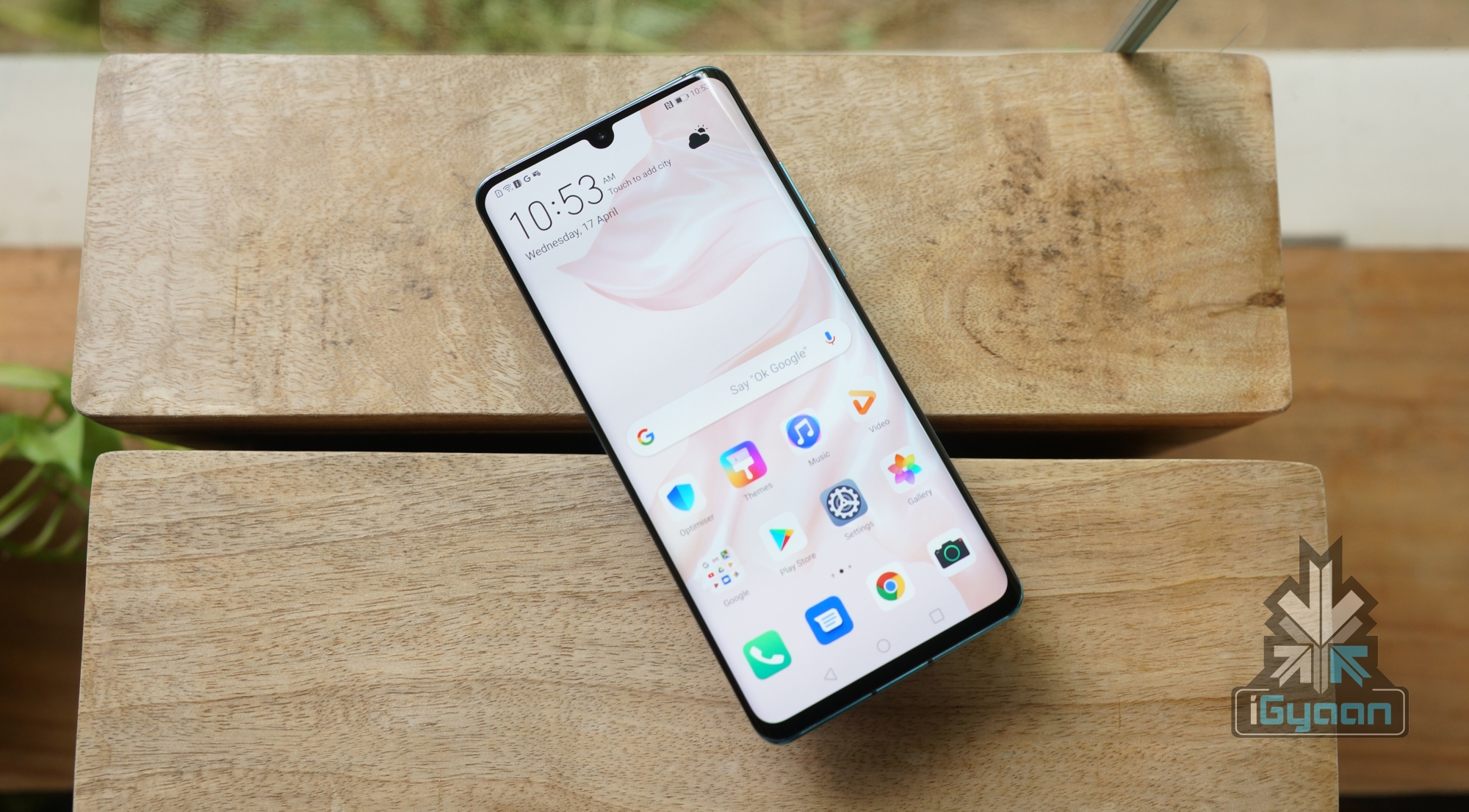 For reference, Huawei which has been heavily investing in R&D for a long period is able to design its own components like Kirin chipsets. This allows the company to save costs while allowing room for considerable profit margins.
For reference, Huawei which has been heavily investing in R&D for a long period is able to design its own components like Kirin chipsets. This allows the company to save costs while allowing room for considerable profit margins.
Also Read: Gamescom 2019 Roundup Of The Best Upcoming Games
Likewise, over the last few years, BBK electronics has also been observed to develop innovative devices like the Vivo Nex, Oppo Find X which have provided the company with a fair share of attention from the global audience.
To sum things up, this continuous contest played by the Chinese OEMs in order to maintain an edge over the other has helped in driving costs of smartphones consequently making them more affordable for the end-user.
















